Like most Aegean islands, Sifnos is mostly thought of as a holiday destination: sun, sand, cafes, bars and restaurants. In recent decades this has certainly become the dominant part of the island’s economy. But even a brief walk on the old and not-so-old footpaths that criss-cross the island opens up a completely different world of olive groves, farmed terraces cut from hillsides, and a bewildering mix of plant life, native and introduced.
The dominant wild tree cover of the island is the dwarf cedar (Juniper communis). It is abundant in the nature reserve that covers a large area of the west of the island, and was used in the construction of roofs and loggia in traditional island architecture. But everywhere where there is cultivation, the olive tree (Olea europaea) reigns. We won’t get into the contested origins of the olive here. Suffice to say that it’s been a staple cultivar in the eastern Mediterranean since at least the Bronze Age. But there are lots of other points of botanical interest.
Walking amongst the drystone walls, you come across caper bushes (Capparis spinosa), bursting out of cracks in the masonry. In the north and west of Europe you can buy caper buds in brine, but here the locals also use the leaves and young fruit to give some oomph to a salad. There’s also καπαροσαλάτα (caper salad), made quite laboriously with dried capers. Like the olive, capers have a long history in the eastern Mediterranean and, like the olive, its origins are a bit hazy and contested.
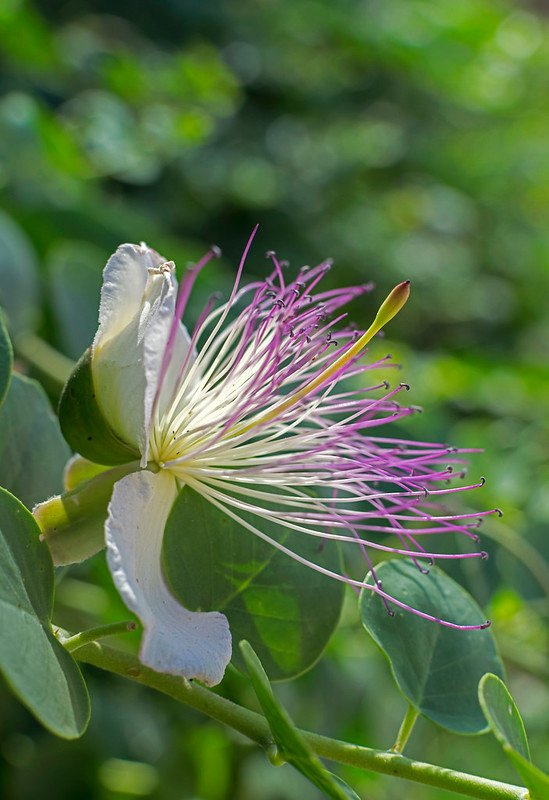
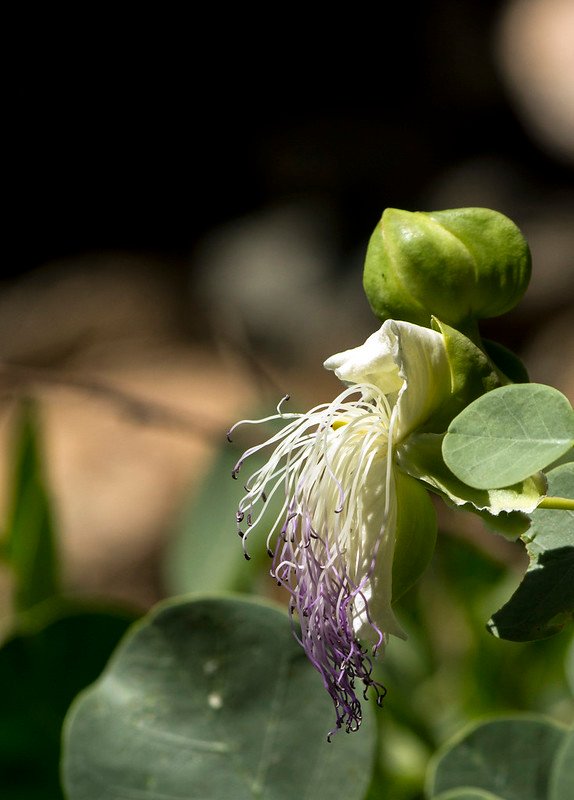
There are also some introduced and/or invasive species – some expected, some less so. Eucalyptus trees (not sure which species), seen to do well in Greece, and there are even some on a small island like Sifnos, and we also found tree tobacco (Nicotiana glauca), originally from South America. We also came across the squirting cucumber (Ecballium elaterium) – native to the area that has a brilliant method of spreading its seeds – when they’re ready, the fruits burst, squirting a gloopy mess of seeds and mucus like material, hence the common name!
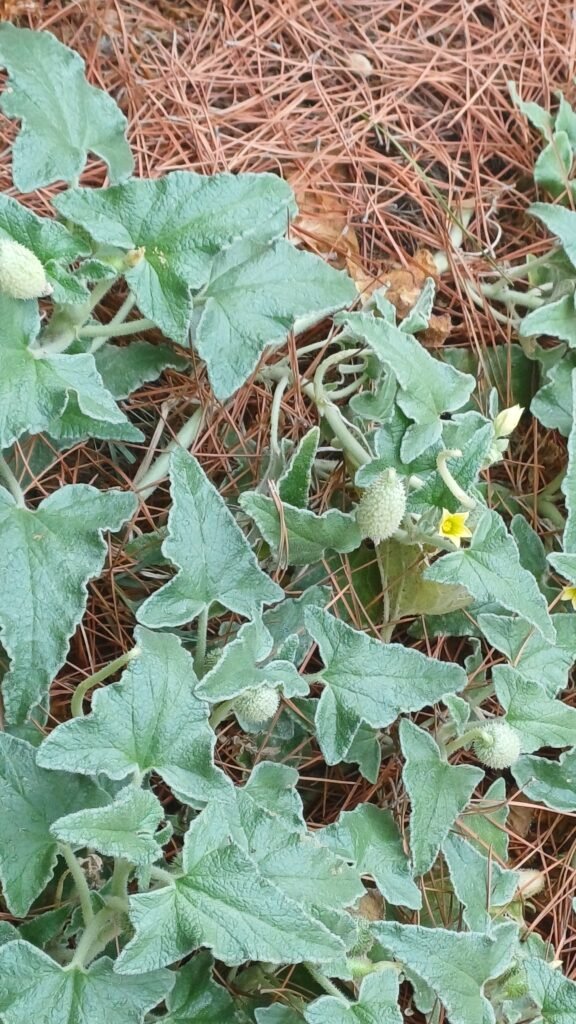
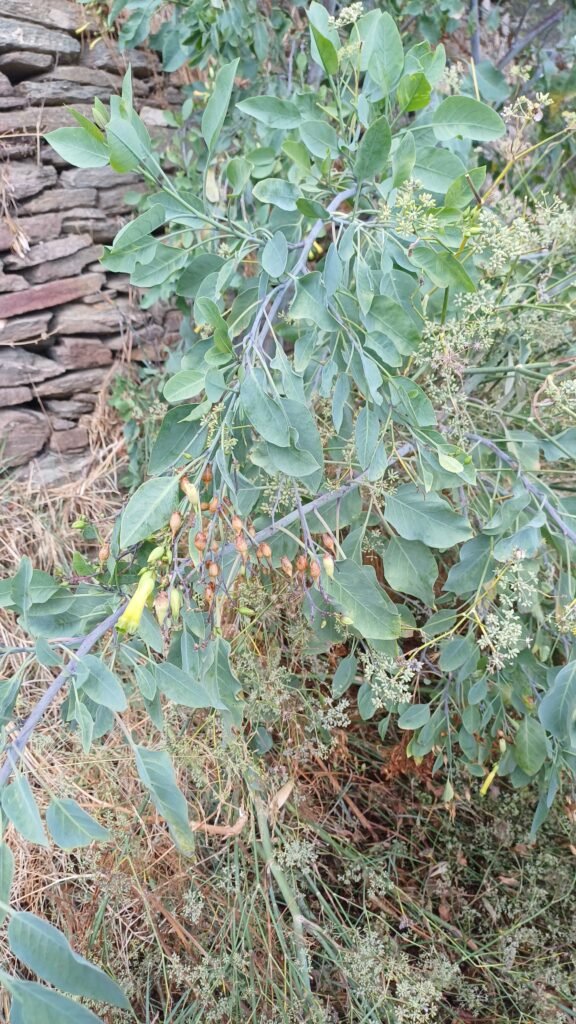
These last two plants are poisonous: we did, however, come across pine nuts, and we’ll talk about gathering herbs in another post.
We encountered all this in a short walk, jumbled in amongst sheep and goat pens, olive groves and smallholding cultivations. Walking through the farmlands and market gardens of an island, you get a completely different sense of how people used to (and in some cases still do) spend their days: tending animals and crops, supplementing and flavouring their diet with wild foraged food and herbs.

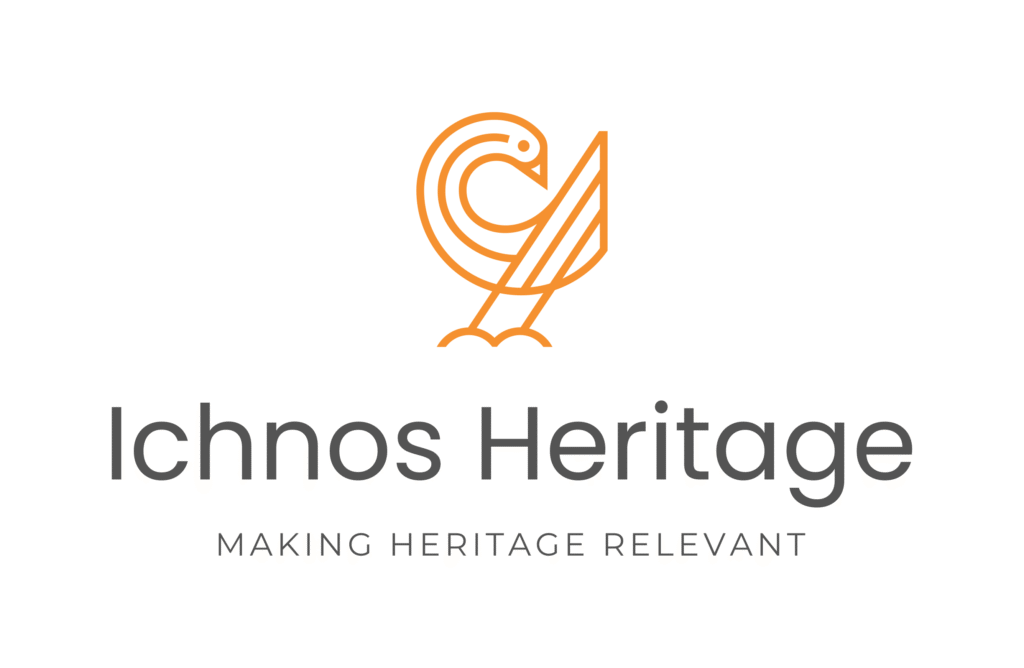
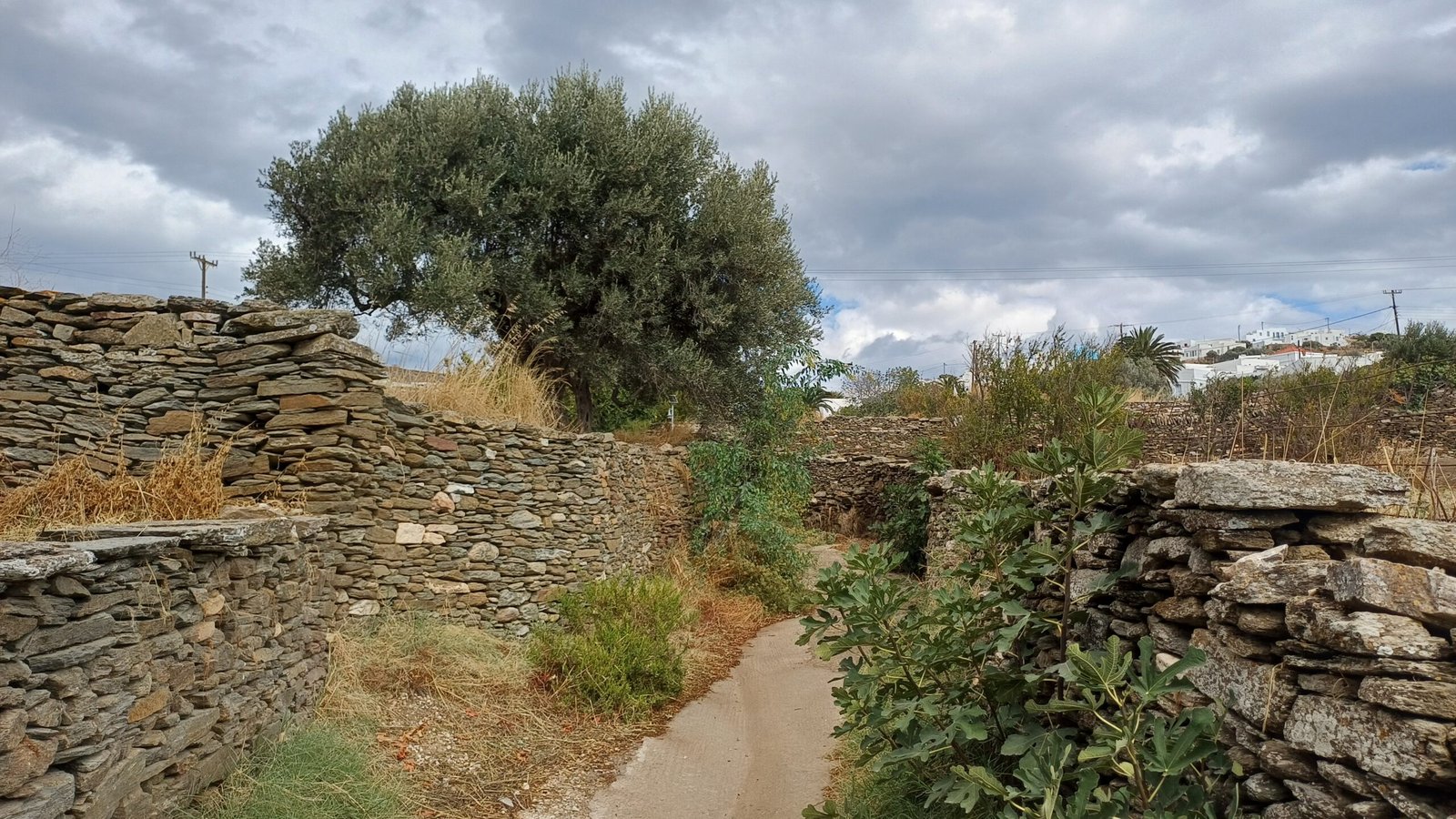
No responses yet